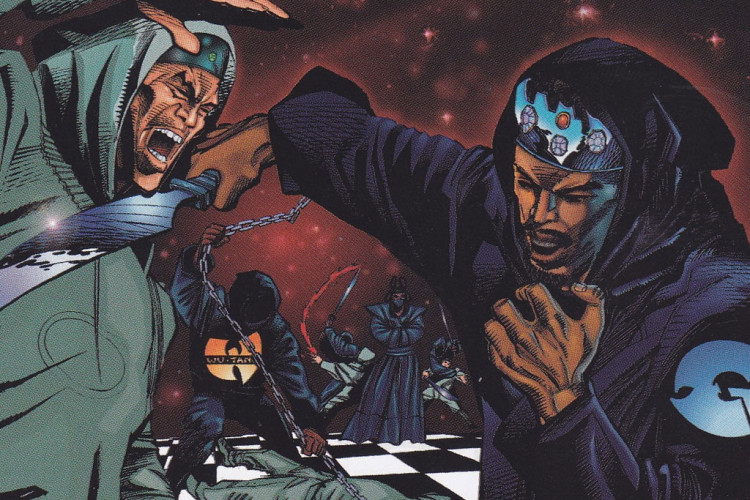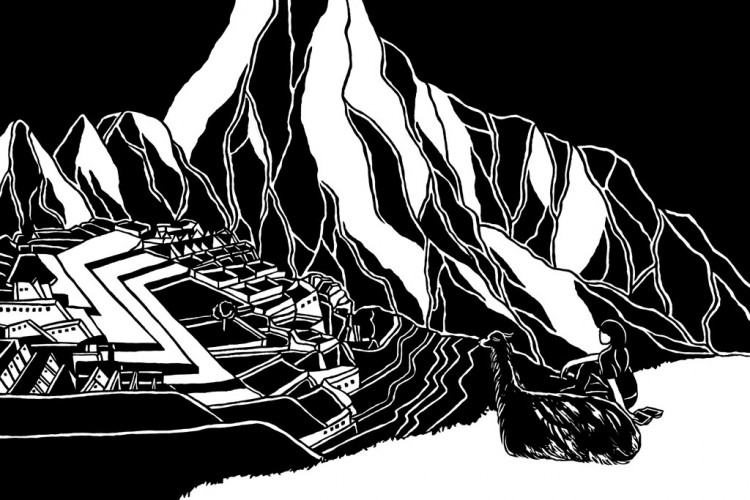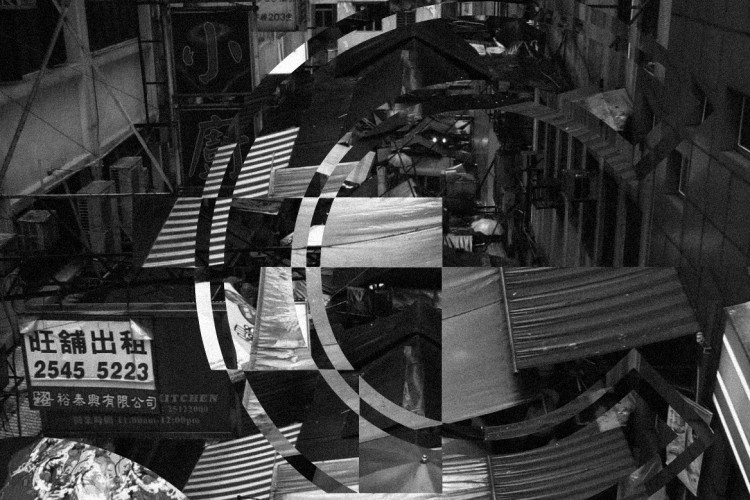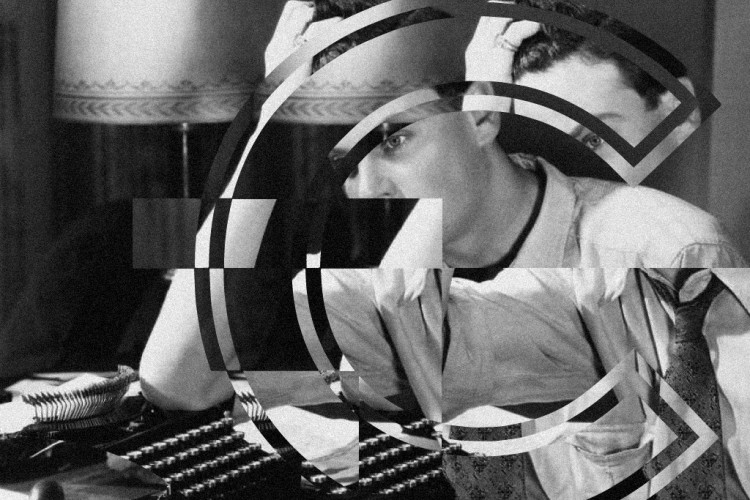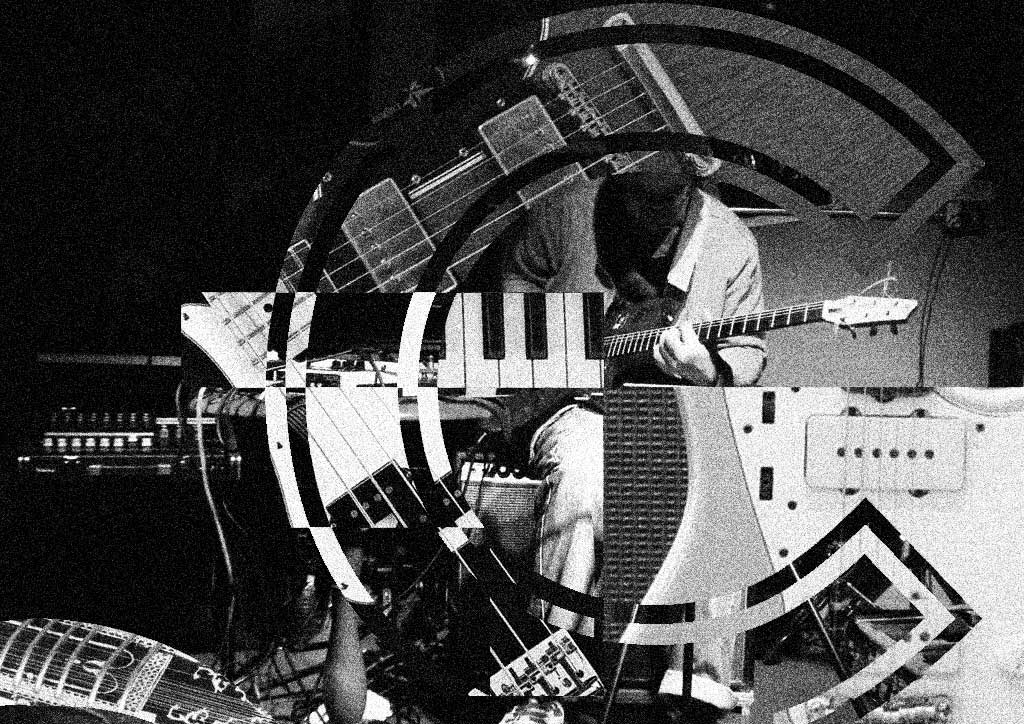
On Monday, 23rd of March 2015, I along with 5 other musicians had the pleasure to be part of an improvisation workshop lead by experimental music maestro Kazuhisa Uchihashi at Tokove (Kemang). The workshop, organized by Ruang Rupa and whose result was then performed to the general public at later in the afternoon, was for the participants an exercise in spontaneous expression and collaboration. Kazuhisa Uchihashi acted as conductor, picking, choosing, and switching different combinations of musicians to improvise with each other at a moment’s notice.
This isn’t the first time Kazuhisa Uchihashi has brought his workshop to Jakarta. In 2012, Kazuhisa also conducted this concept in Mystery Kitchen after performing at Studiorama’s 2nd Mindzapp event a couple of nights before. I along with Sawi Lieu were present at both the first and second workshop, and though the impression was similar, I will be referring to the most recent workshop as it is freshest on my mind.
The recent workshop consisted of Haikal and Jono from Sigmun on guitars, Sawi Lieu on synth, Angga of Ramayana Soul on sitar, Poppie Airil from Pandai Besi on bass, and myself on guitar. With minimal but clear instructions and guidance by Kazuhisa Uchihashi, what resulted was a colorful array of sounds, rhythms, and tempos clashing and cooperating as the musicians adjusted their personal playing styles with each other to find a harmonious center.
I have difficulty defining exactly what this point of harmony means; the simplest explanation would be that “everything clicks”. When you hear your favorite band play a song, each musician already knows the score, the instruments sounds are adjusted to complement each other, creating music that sounds and feels cohesive – that is the harmonious center.
As Kazuhisa alternated between different combinations of musicians, each group’s improvisation found an anchor, whether it was a percussive pattern, scale, or volume. As obvious as having different instruments complementing each other may seem (after all, any performance involving two or more instruments will naturally have interaction of sounds), it is quite a spectacle watching musicians who for the most part have never played with one another collaborate without any preparation.
My colleague mentioned that musicians improvise jams all the time; whether jazz, rock, blues, etc – this is certainly true. But usually, the musicians in these jams would already be aware of the chord changes, scales, and music genre in which they will improvise over – the jam is anchored in a certain style of music, with criteria and character that the players can expect – this wasn’t the case at this particular workshop, but it isn’t to say that there weren’t any elements of anticipation either.
Although my mind was focused on the collaboration during the workshop, now that I have enough time to reflect on the events, there was a degree of subconscious assumption and anticipation, at least on my part, due to the musicians knowing each other and the instruments they brought with them. Having been fortunate enough to watch Pandai Besi, Sawi Lieu, Ramayana Soul, and Sigmun (as well as Haikal’s solo act: Bin Idris) perform on several occasions, I had expected them to play a certain way. The instruments also play a big part on these assumptions. It isn’t a big leap to assume that Poppie’s bass will hit the low ends and Angga’s sitar will have a certain scale as well as that brassy buzz – all instruments have their inherent sound qualities, after all.
Fortunately, instruments are only tools whose sounds rely on the creativity of their players. In our group, three participants brought electric guitars. Haikal’s custom-made SG was crunchy, his playing switched between rhythmic chords and single note burners as well as using a delay/looper pedal to create a solid sound. Both Jono and I used Fender Jazzmasters, but while my guitar was shrill and I focused on playing notes higher on the scale, Jono was using everything from a paintbrush, cymbal, to an electric razor to make the guitar sound like bells, a shaker, and a mechanical drone. Combine that with Poppie’s structured basslines, Sawi switching between synth arpeggios and pads, as well as Angga’s sitar buzz and mic-tapping, and we have quite a rich palette of sounds.
As Kazuhisa Uchihashi switched between players, each session/composition sounded like a patchwork of sounds. Sometimes letting the jam run for several minutes, sometimes switching between musicians every second, the over all composition was comparable to browsing through radio channels, as each combination of musicians created different contrasting textures and colors – most felt with extreme changes in tempo, volume, and intensity. The visual equivalent would be that of a collage, as each composition was a complete picture whose detail is noticeably made of separate individual elements.
It is important to note that the ideas described above aren’t particularly revolutionary, and is part of any musical experience. Whether you are playing punk rock, jazz, acid house, noise, or country, there are elements of unpredictability whether from the environment you are performing in, the players, or the equipment. Improvisation is also an old musical tradition, whether in performing or even in composing music. Many musicians, myself included, focuses largely on composition and technique, and the workshop with Kazuhisa Uchihashi was a kind reminder that there are other elements of music that can be experimented with and performed.








